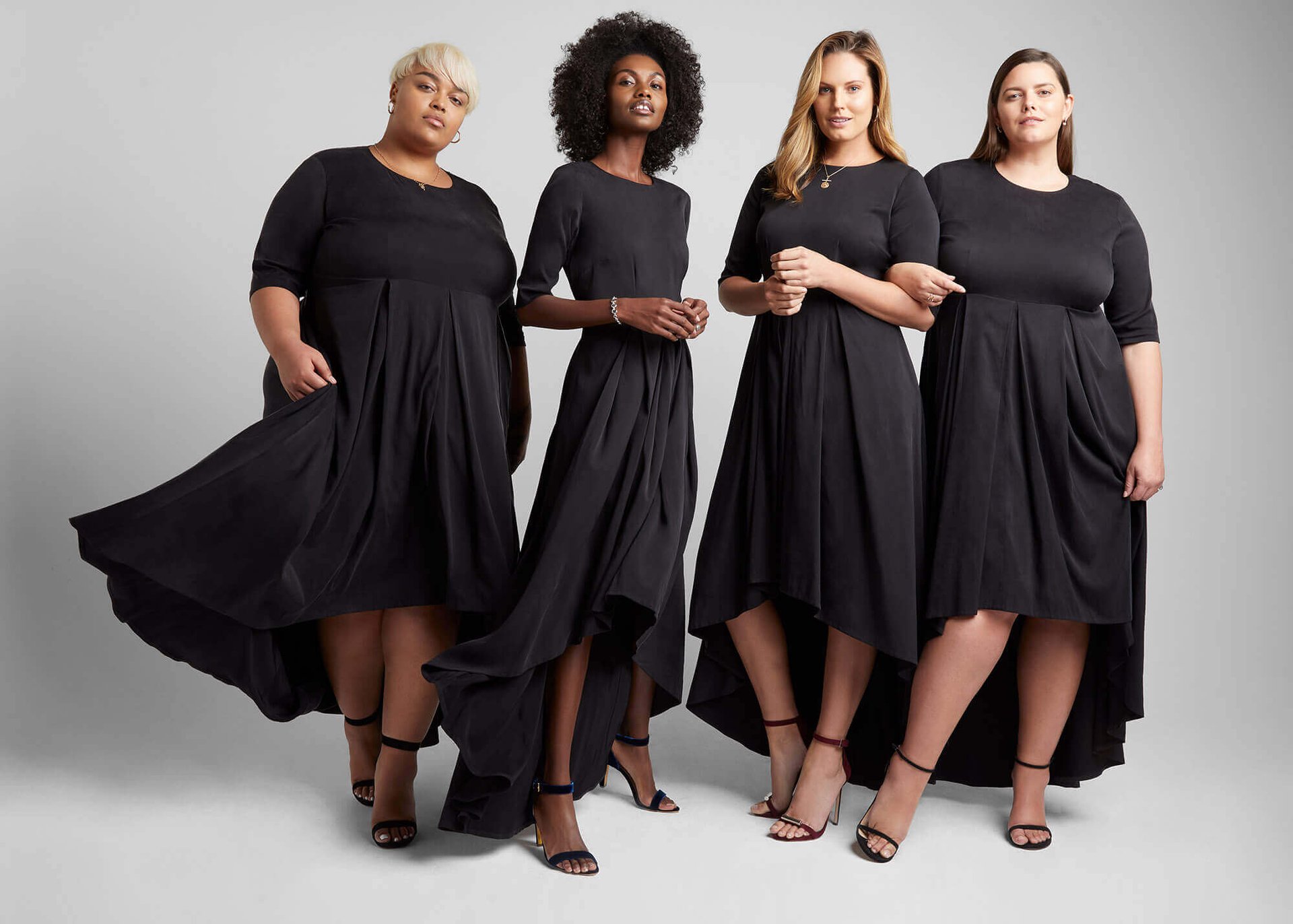Universal Standard is teaching fashion how to design for the average American body
The long-neglected plus-size market gained yet another champion today when Goop, Gwyneth Paltrow’s wellness and lifestyle company, announced a partnership (paywall) with premier size-inclusive retailer Universal Standard. Paltrow was one of the brand’s early backers, and its capsule with Goop includes five different pieces that span sizes 00 to 40.


The long-neglected plus-size market gained yet another champion today when Goop, Gwyneth Paltrow’s wellness and lifestyle company, announced a partnership (paywall) with premier size-inclusive retailer Universal Standard. Paltrow was one of the brand’s early backers, and its capsule with Goop includes five different pieces that span sizes 00 to 40.
Indeed, it seems that these days everyone wants a piece of Universal Standard, the company credited with revolutionizing the plus-size fashion world. Founded in 2015, it was launched on the basic principle that plus-sized clothing didn’t just mean larger clothes, but clothes that fit properly on average-sized-to-bigger women. It seemed a very basic premise at the time, but the predominant plus-size-apparel experience has been historically dismal. As Alexandra Waldman, the company’s co-founder and chief creative officer put it to Quartz in September:
“You were either infantilized—you couldn’t buy a t-shirt that didn’t have a kitten or a puppy on it, or some sort of horrible French saying. Or you were hyper-sexualized. Your options were this kind of leopard-print bodystocking. The third branch on that trifecta was the very marmy stuff, fabrics that were the cheapest kind of synthetics to the point where you thought if you walked a little too quickly you might set yourself on fire.”
By creating quality clothing for plus-sized customers, Universal Standard was providing for a market that had been largely overlooked. The company soon began raking in millions in VC funding alongside partnerships with celebrity influencers. Its rapid rise doubled down on something that has been bubbling in the size-exclusive fashion industry for some time now: That the plus-sized population should not only be considered in fashion, but that size inclusion is a critical business. Today, the plus-size demographic is a major opportunity for brands and retailers. According to Business of Fashion (paywall), the market is growing faster than the apparel industry as a whole, and was worth $9.2 billion (£6.5 billion) in the UK and $23.1 billion in the US in 2017.
Some retailers have caught on. J. Crew, which is struggling as a brand after several leadership shuffles, recently relaunched its successful summer collaboration with Universal Standard as a partnership earlier this month. The retailer—which had previously capped at size 16—now carries up to 40% of its collections in expanded sizes. Meanwhile, in high-end fashion, designer Christian Siriano’s expansion into plus-sized wear several years ago tripled his business; his ongoing commitment to designing for a vast range of bodies has made him a red carpet favorite. And in lingerie, bra and underwear startups like Thirdlove and True&Co that offer extended and half sizes are threatening behemoths like Victoria’s Secret, all because they’re seeking to serve a deeply undervalued demographic.